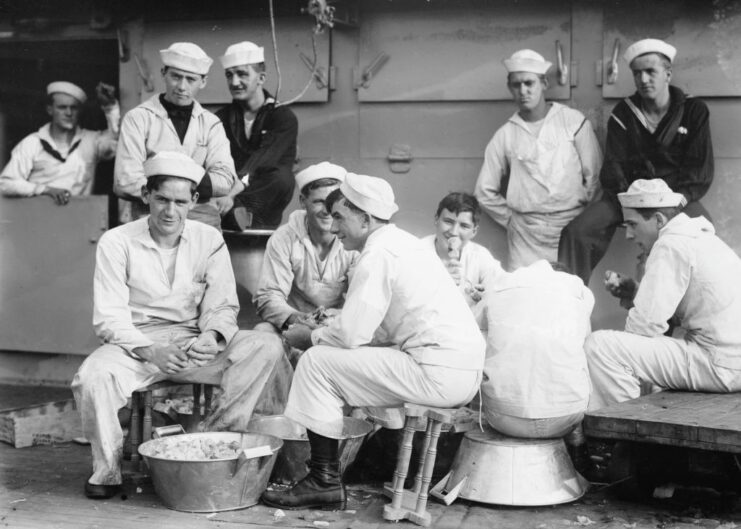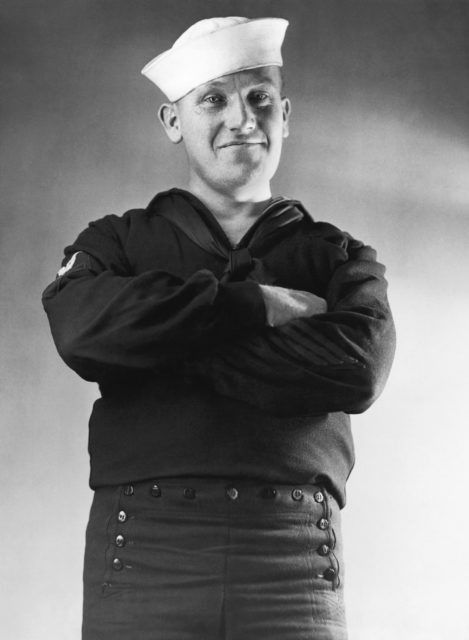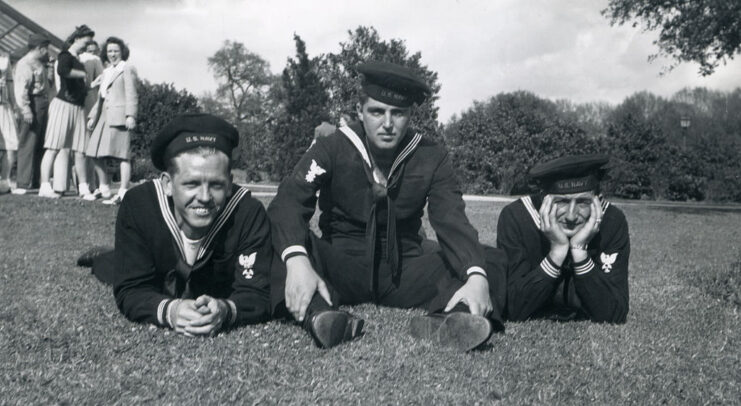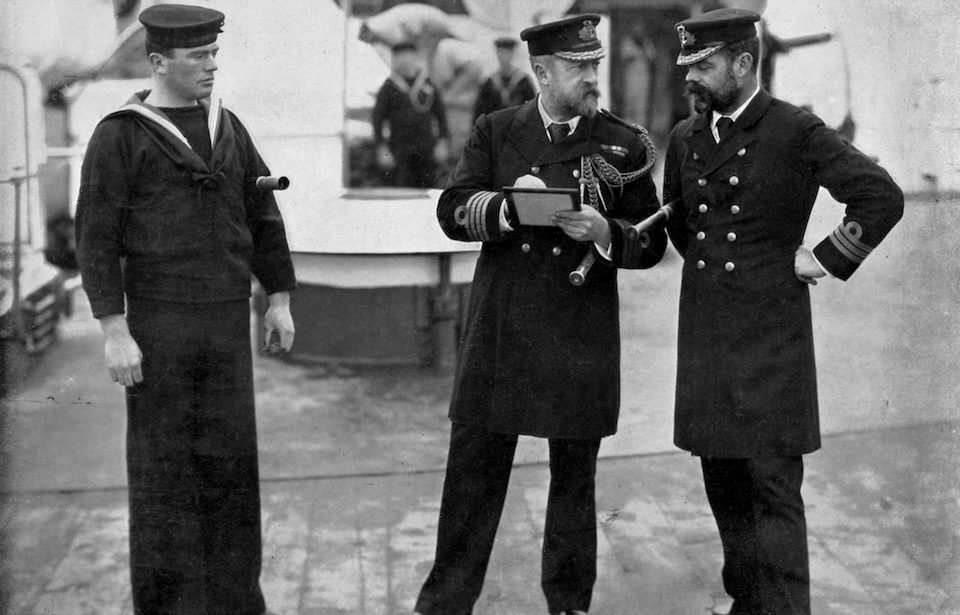For centuries, seafaring traditions have influenced daily life aboard ships, even though the beginnings of many customs remain unclear. One well-recorded exception in the U.S. Navy is the classic pair of 13-button trousers worn by enlisted sailors. Although the buttons serve a practical purpose, some believe their number holds symbolic meaning that goes beyond simple utility.
‘Crackerjacks’

Why do the pants worn by US Navy sailors have 13 buttons?

The broadfall section of the pants has 13 buttons. Some people assume that the US Navy chose this number to honor the 13 original American colonies, but this is mostly considered a sailor’s myth.
Originally, the broadfall had 15 buttons, but the Navy later reduced it to seven to save fabric. Sailors weren’t happy with this change, saying the smaller flap was uncomfortable. Part of the problem was that changes in their diet led to weight gain, and some joked that it felt too tight in certain areas.
To fix this, the Navy made the broadfall larger again. Since more fabric was needed, they added more buttons, bringing the total to 13—a number that likely looked more balanced.
What about other pieces of uniform?

Other elements of the U.S. Navy uniform also had practical functions. The neckerchief, for instance, could be used as a headband, a cleaning cloth, or to help keep uniforms tidy. Sailors in the 19th century often wore long hair, which would be tied back into a ponytail and secured with a sticky, tar-like substance to keep it out of their way during tasks. The neckerchief helped keep the hair off the rest of the uniform.
Similar to the “13 buttons, 13 colonies” theory about the bellbottom pants, the neckerchief has another, less commonly accepted origin. Some say the fabric was designed to honor Admiral Horatio Nelson, with the three white lines symbolizing his three major victories.
More from us: Battle of Trafalgar: The Engagement That Saw the Heroic Death of Vice Adm. Horatio Nelson
Today, these uniform features are primarily for ceremonial purposes, maintaining tradition rather than serving practical functions.
